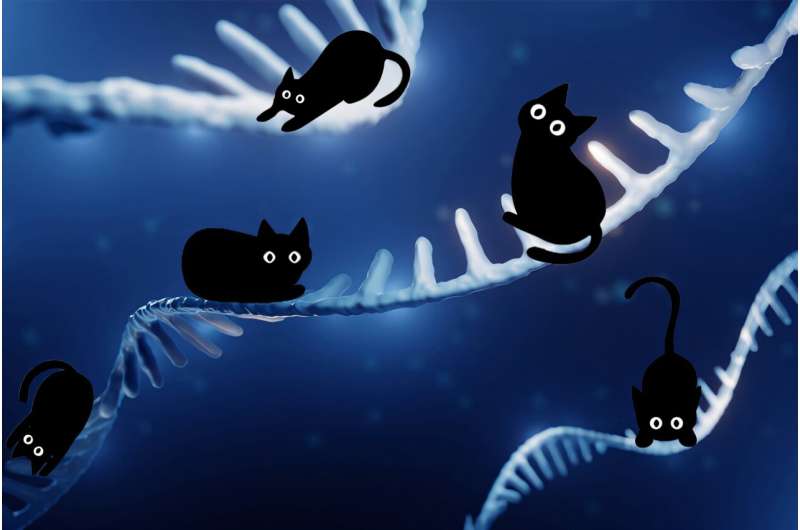A team of researchers from the Massachusetts Institute of Technology has introduced a groundbreaking framework called KATMAP, which seeks to enhance our understanding of gene splicing and its regulatory mechanisms. Published in the journal Nature Biotechnology on November 4, 2025, this innovative model aims to predict the activities of splicing factors, critical components that determine how genes are expressed in various cell types.
Gene splicing allows cells to utilize identical DNA instructions in diverse ways. This process involves the selective removal of non-coding segments of RNA and the joining of coding segments, enabling the production of different proteins. The specific combination of splicing factors a cell employs dictates which genes are activated, thereby influencing cellular function. Understanding this intricate relationship is essential, particularly as splicing mutations can lead to diseases such as cancer.
KATMAP, or Knockdown Activity and Target Models from Additive Regression Predictions, leverages experimental data obtained from altering the expression of splicing factors. By analyzing the effects of these alterations on gene splicing, researchers can predict which segments of RNA are likely to be targeted by specific splicing factors. According to Michael P. McGurk, a postdoctoral researcher in the lab of Professor Christopher Burge, previous models often provided a generalized view of splicing regulation but lacked the precision to predict the behavior of splicing factors in specific contexts.
The model utilizes RNA sequencing data generated from perturbation experiments that either increase or decrease the expression of splicing factors. The resulting changes in splicing patterns allow KATMAP to identify direct targets of splicing factors, distinguishing them from indirect effects. This capability is particularly valuable for splicing factors that have not been extensively studied.
McGurk elaborates on the model’s interpretability, stating, “I don’t just want to predict things; I want to explain and understand.” KATMAP is designed to learn from existing biological information, making its predictions more comprehensible and actionable for researchers.
While KATMAP currently focuses on one splicing factor at a time, the researchers acknowledge that splicing factors often interact with one another. Future developments may include collaborations with the Dana-Farber Cancer Institute to apply KATMAP in understanding how splicing factors are altered in disease contexts, as well as efforts to incorporate cooperative regulation among splicing factors.
The Burge lab envisions expanding KATMAP’s applications to explore splicing regulation in both disease and developmental processes. As more models are developed, they hope to infer which splicing factors have altered activity in various disease states, potentially aiding in the development of therapeutic strategies.
In conclusion, the introduction of KATMAP represents a significant advancement in the field of gene regulation research. With its potential to predict splicing factor activities and enhance our understanding of complex cellular processes, this model could play a crucial role in addressing diseases linked to splicing mutations and guiding the development of innovative treatments.







